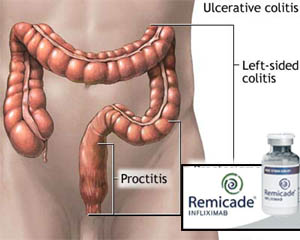Researchers have pointed out that changes in temperature and air pollution are the most frequent reasons for heart attack. Researcher Professor Claeys has stated in a press release that, “Better knowledge of the impact of environment on acute myocardial infarction will help medical care providers and policy makers to optimize prevention strategies for a target risk population.”
Analysis done by experts has revealed that the risk of a heart attack increases by 7 percent for every 10 degrees lowering of temperature. Researchers conducting the work also stress that in cold weather, the risk of coronary events increases since the lowering of temperatures trigger the stimulation of the cold receptors within the skin and that raises the levels of catecholamine in the blood. Moreover, platelet aggregation may start increasing and when the temperature falls, blood viscosity rises and it can definitely increase thrombosis and formation of clots.
In the current environmental model, the most important environmental trigger is the low temperature. People suffering from diabetes and hypertension must wear proper clothes before going from warmer outside to colder inside.



